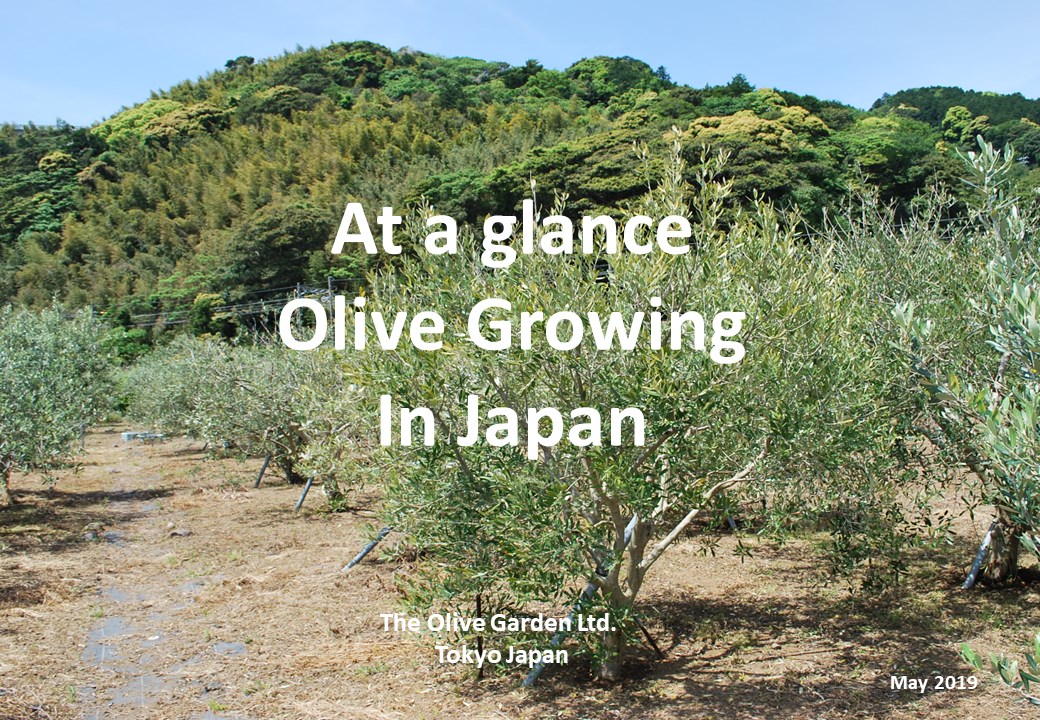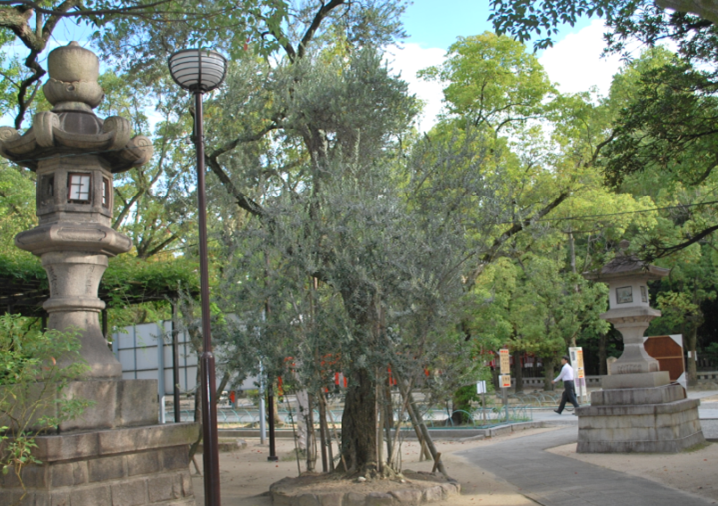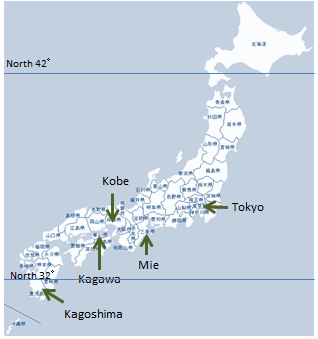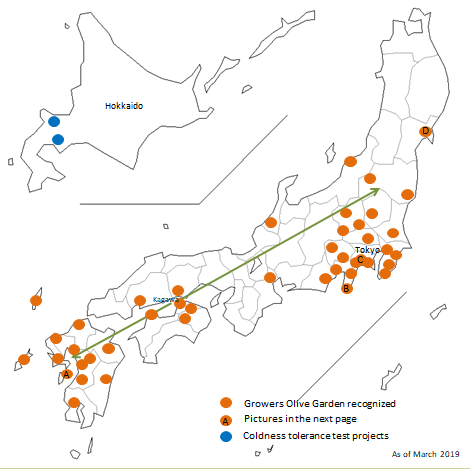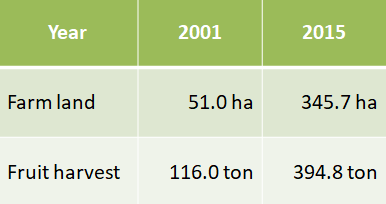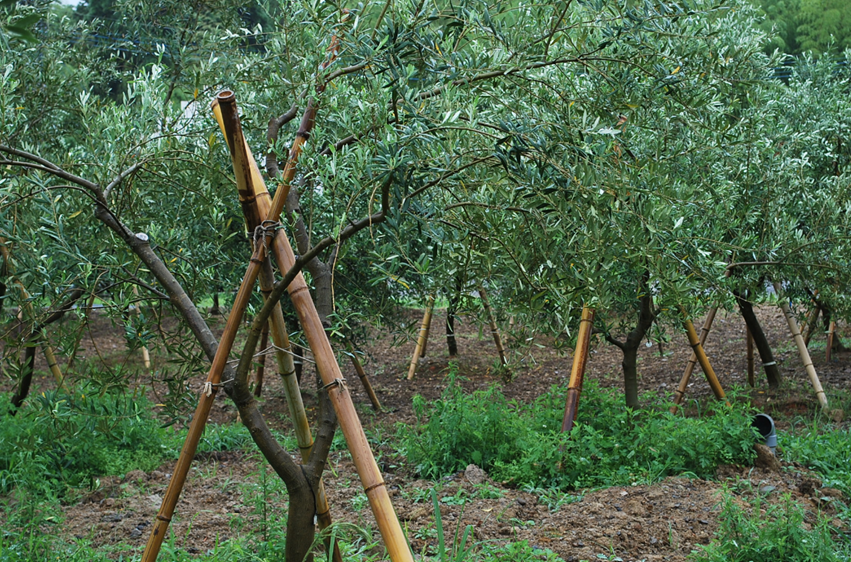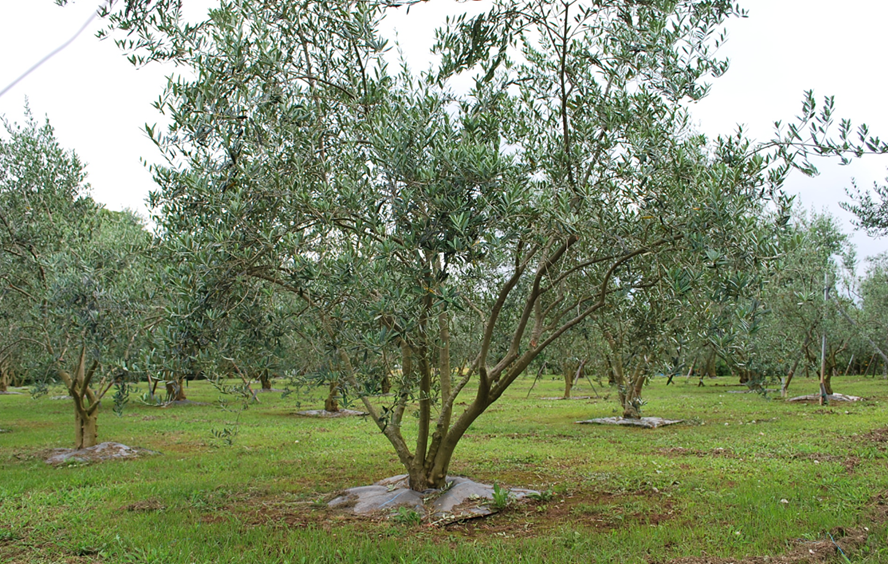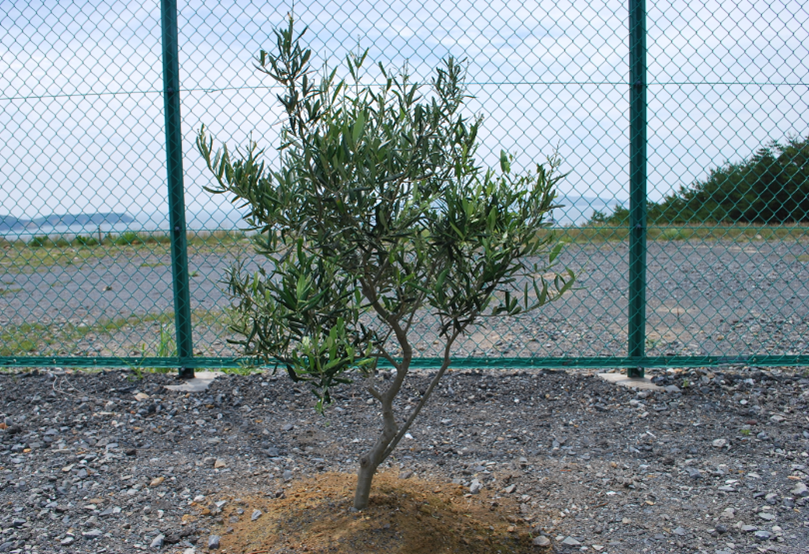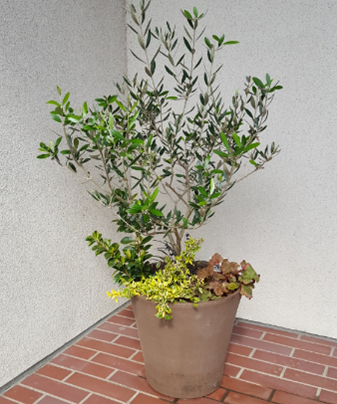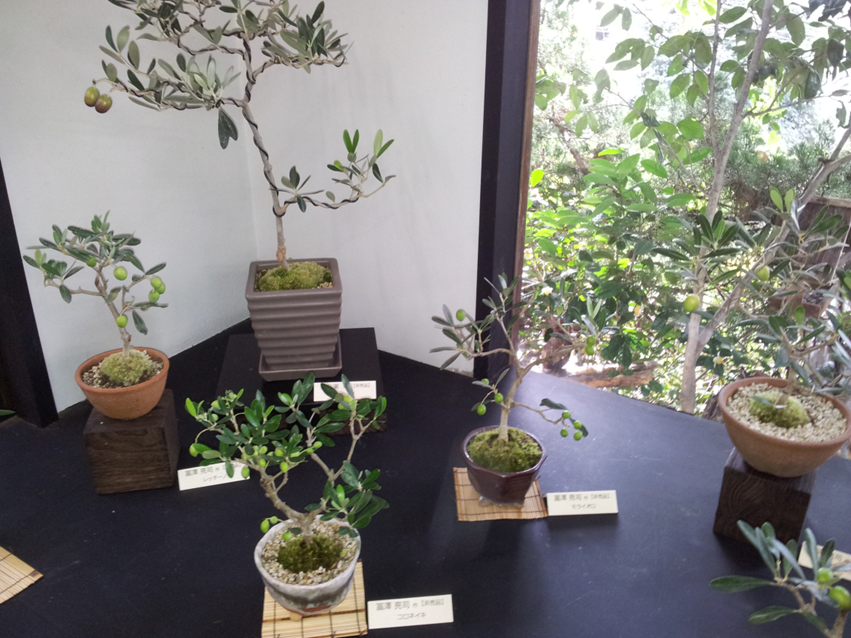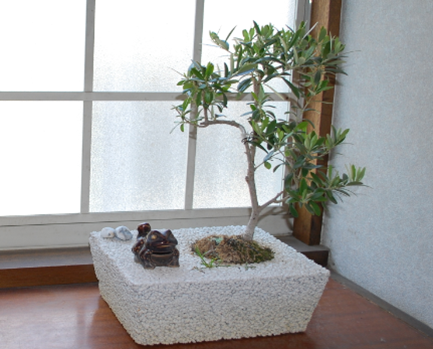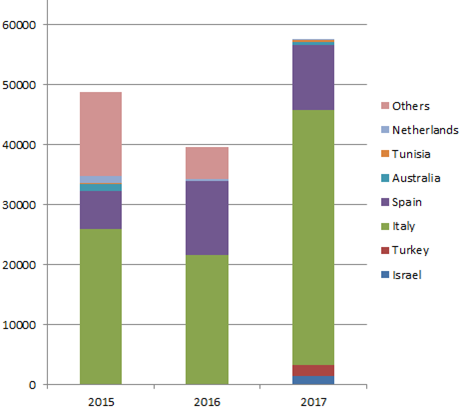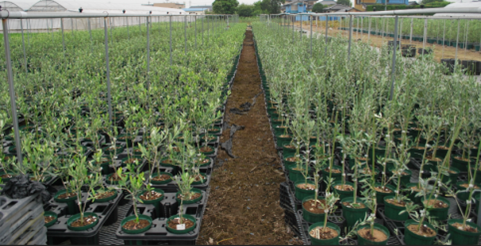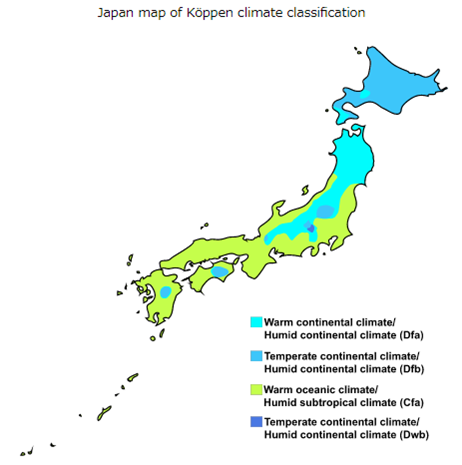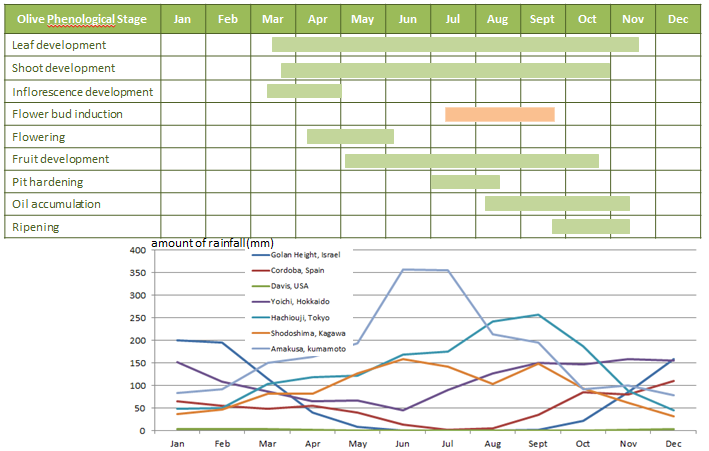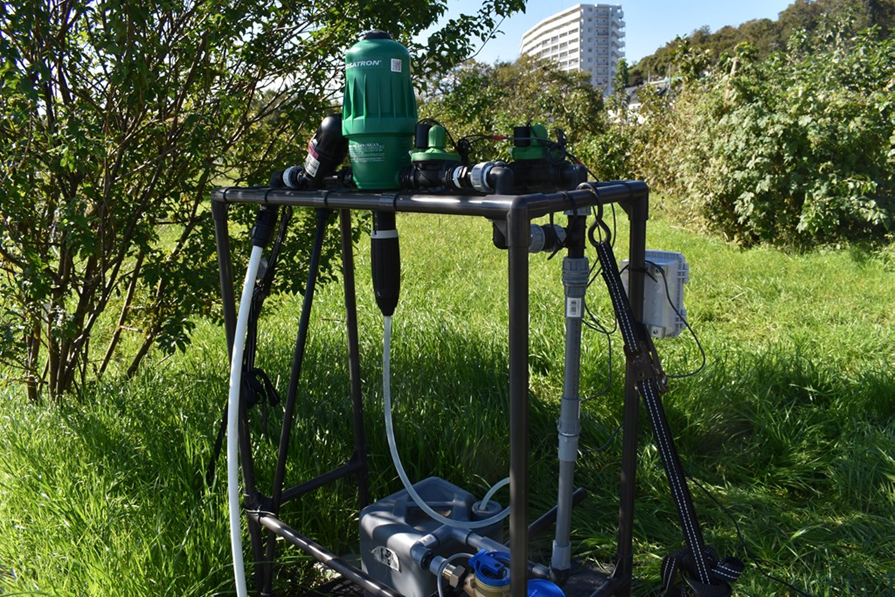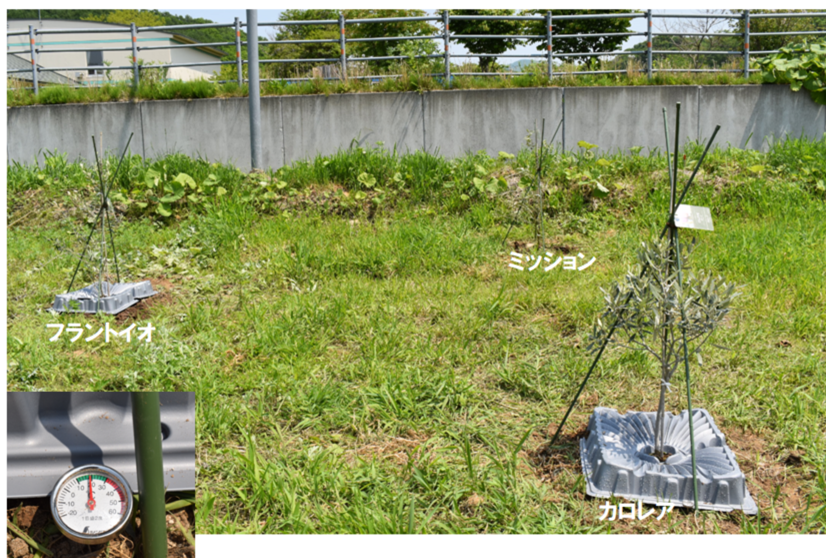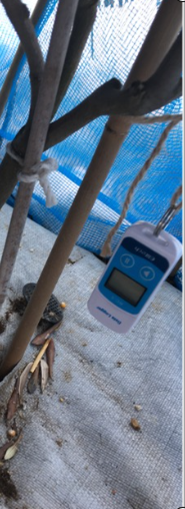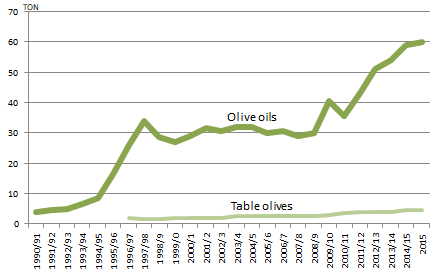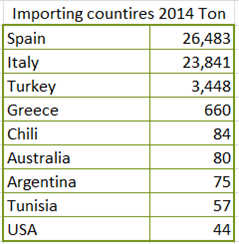The olive history in Japan
The first olive trees were imported from France in 1862 followed by in 1879.
Imported olives, grapes, oranges, and other plants to foster new crops.
A national olive farm was established in the city of Kobe and made table olives and oils. The farm was privatized in 1888 but closed down in 1896.
- The oldest olive tree in Japan has been alive at a Shinto shrine in Kobe
In 1906, the government imported olive nursery from the U.S.A. aiming olive oils.
Filed tests were conducted in three places, Kagoshima, Kagawa, and Mie prefectures. Kagawa has been continuing cultivation since then.
Increasing olive growers
Expanding growers from Kagawa to toward many places in Japan
- Growers Olive Garden recognized
- Olive production by 2015 Japan MAFF
No large farms like Spain and others
The largest one is in Kagawa with 25ha, 30K trees, 96tons fruits in 2014
Varieties are different in each farmer
Dedicated farmers to learn olives
There are issues for olive business
・Scale of farm
・Quantity of output
・Oil quality
- A: Amakusa City, AVILO farm, olive 1,300 trees, June 14, 2014
- B: Shimoda City, December 15, 2015
- C: Ninomiya Town, Universal Farm starting olive in 2003, June 30, 2014
- D: Ishinomaki City, planted by Israel ambassador, July 7, 2015
Extending Gardening Market
Increasing the number of gardeners
Pots in many places even in a small house
Home made pickles
Collectors for varieties
- A symbol tree
- Olive in a pot
Bonsai
Bonsai lovers
Expecting small fruits
Nursery
There are less than 10 nursery farms who import olive trees and cultivate (Olive Garden research)
Importing 40-50 K nursery trees these years from 5-6 countries
- Number of olive nursery imported 2015-2017 by MAFF
Cuttage from a mother tree is common
No fruits allowed to import
- The Olive Garden and Ogura Nursery Farm have over 100 varieties.
Weather in Japan
There are four climate zones in Japan since it is laid from north to south.
- Olive Phenological Stage and rainfall Source: FAO Crop Yield Response to water, Meteorological Bureau Japan
Experimental trial 1: Automated irrigation farm
Started in November 2017
Located in Hachiouji City in Tokyo: snowing in winter, minus 7 degrees in January 2019
Two test irrigation lines: with fertigation, without fertigation
Three olive varieties; Carolea, Koroneiki, Picual
Trial use a mulch sheet named “Murudori” developed by NARO Japan
Trial use a ground cover developed by Talya Israel
Monitoring soil conditions and weather by sensors
- Carolea, Picual, Koroneiki
- Drip irrigation with fertilization
Experimental trial 2: coldness
Why in Hokkaido?
It is said that olive cannot grow in cold places but we really want to see how olives react
We hope we can find a way to survive in cold places if possible
Location 1: Yoichi – north 43.17 degrees, planted in May 2018, carefully monitoring the results
Location 2: Toyoura – north 42.35 degrees, planted in June 2018, all died
Location 2: Tohya – 42.69 degrees, re-planted in April 2019, another winter cover method thinking
Only young trees such as 3 years old have been tested so far
There is one tree Leccino growing over 15 years in a green house in the same Toyha
- Yoichi May 2018 Covered by Talya ground cover Carolea(front), Mission(middle), Frantoio (left)
- Yoichi March 14, 2019
Increasing the volume of olive oil importing
Importations to Japan have been Increasing:
・4 K tons in 1991 to 60K tons
・The price depends on the global market
・Most of them came from EU countries such as Spain and Italy
- Source: Ministry of Finance, statistics of foreign trade
- Source: Ministry of Finance, statistics of foreign trade
Olive oil is a relatively new comer in home
・One 250ml bottle per/year/capita
・Many other options for cooking such as Rice oil, sesame oil
・The health merits of olive oil are not well understood
- Culinary Oil in Japan Source: Ministry of Finance, statistics of foreign trade
